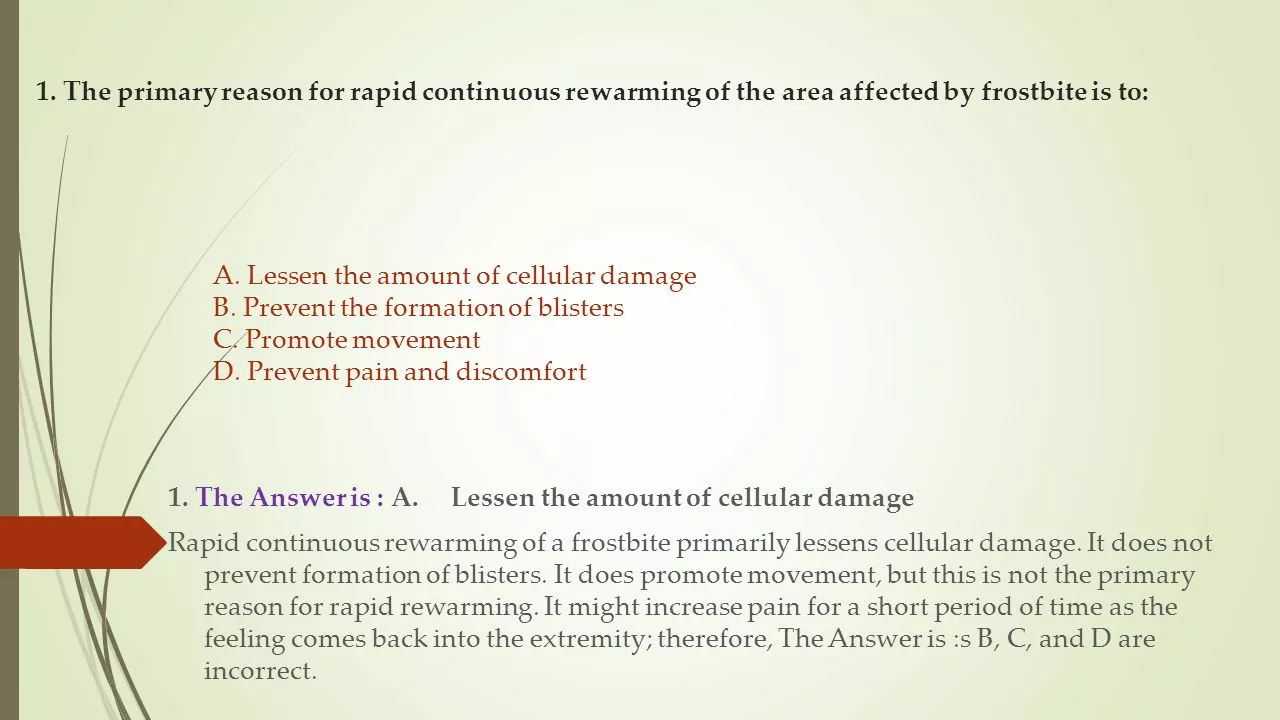Skin Procedures: What Works, What to Expect, and How to Stay Safe
Thinking about a chemical peel, laser session, or filler? Skin procedures can fix acne scars, sun damage, wrinkles, and more. But the results depend on picking the right treatment, a skilled provider, and sensible aftercare. This short guide gives clear, practical steps so you know what to ask and what to watch for.
Common treatments and who they help
Here are the procedures you’ll see most often and why people choose them:
- Topical peels and microdermabrasion: mild resurfacing for texture, fine lines, and light scarring. Good for quick recovery and lower cost.
- Chemical peels (medium/ deep): stronger exfoliation that targets deeper wrinkles and pigmentation. Expect redness and downtime for several days to weeks.
- Laser treatments (ablative and non-ablative): precise targeting for scars, pigmentation, and skin tightening. Non-ablative lasers heal faster; ablative lasers give stronger results but need longer recovery.
- Injectables (Botox, fillers): fast results for wrinkles or volume loss. Minimal downtime but results vary by product and injector skill.
- Minor surgical procedures (excision, biopsy): used for suspicious spots, larger scars, or cyst removal. Performed by dermatologists or surgeons with local anaesthesia.
How to choose a provider and prepare
Credentials matter. Prefer a board-certified dermatologist or a plastic surgeon for invasive work. For injectables and lasers, ask how many times they’ve done the exact procedure and to see before/after photos of real patients.
Ask about: specific product brands, expected number of sessions, risks and complications, real recovery timeline, and total cost (including follow-ups). If you’re on medications or have a history of cold sores, tell them—this affects prep and aftercare.
Before your appointment, avoid intense sun, stop retinoids for a week or as advised, and follow any antibiotic or antiviral instructions the clinic gives. Take photos of the area in natural light so you can track progress.
During the procedure, expect clear explanations and consent forms. If anything feels rushed or the provider pressures you, walk away. Good clinics explain risks plainly and offer a realistic outcome, not guaranteed perfection.
Aftercare varies a lot: some treatments need daily wound care, others just sunscreen and gentle cleansing. Follow written aftercare instructions exactly. Watch for signs that need immediate attention—fever, spreading redness, severe pain, pus—or call your provider.
Costs range widely depending on treatment, provider, and location. Think of price as one factor, not the only one. Cheaper isn’t always better; poor technique causes longer-term costs and risks.
If you’re unsure, book a consultation with a dermatologist first. They’ll suggest options that match your goals, skin type, and schedule. Good planning and the right care make a big difference in both results and safety.





